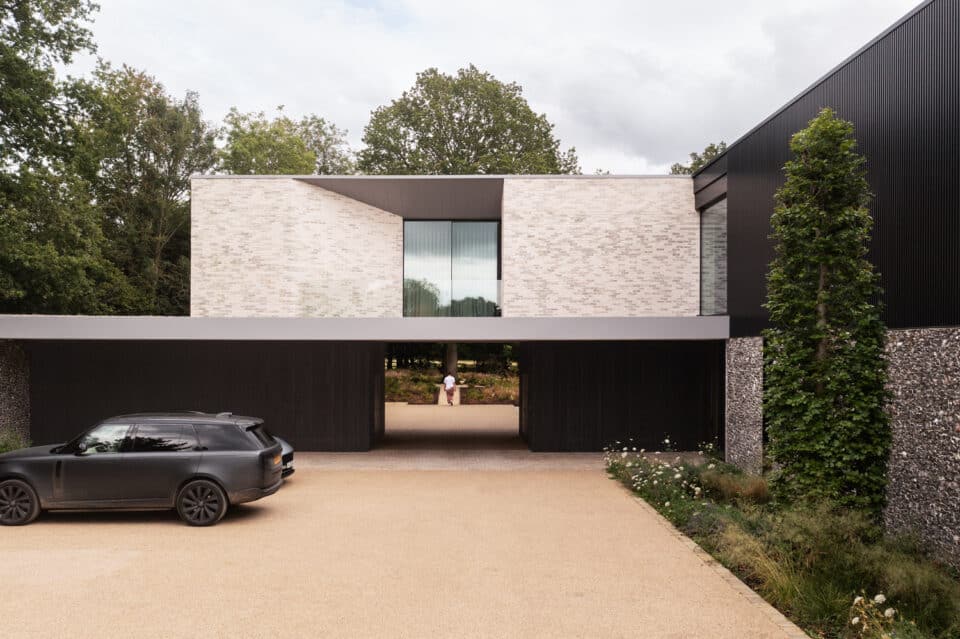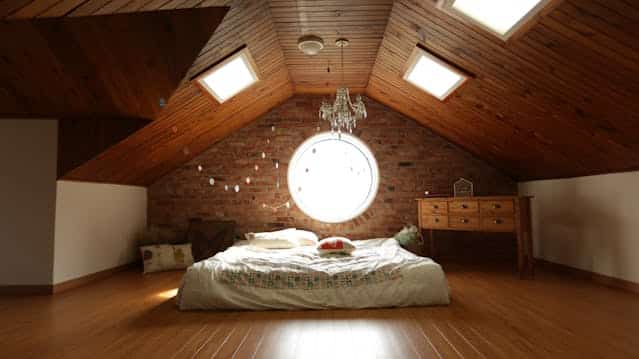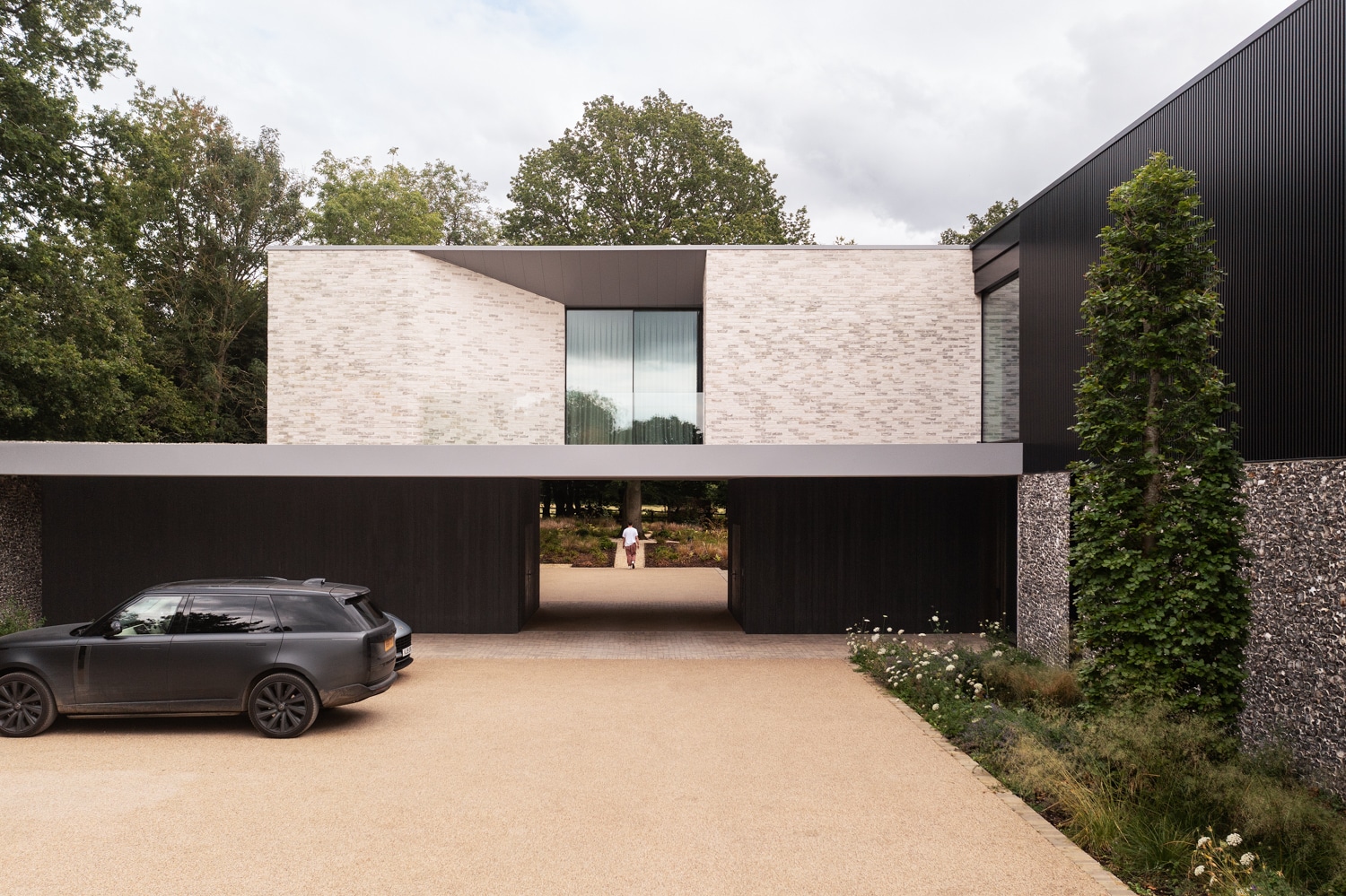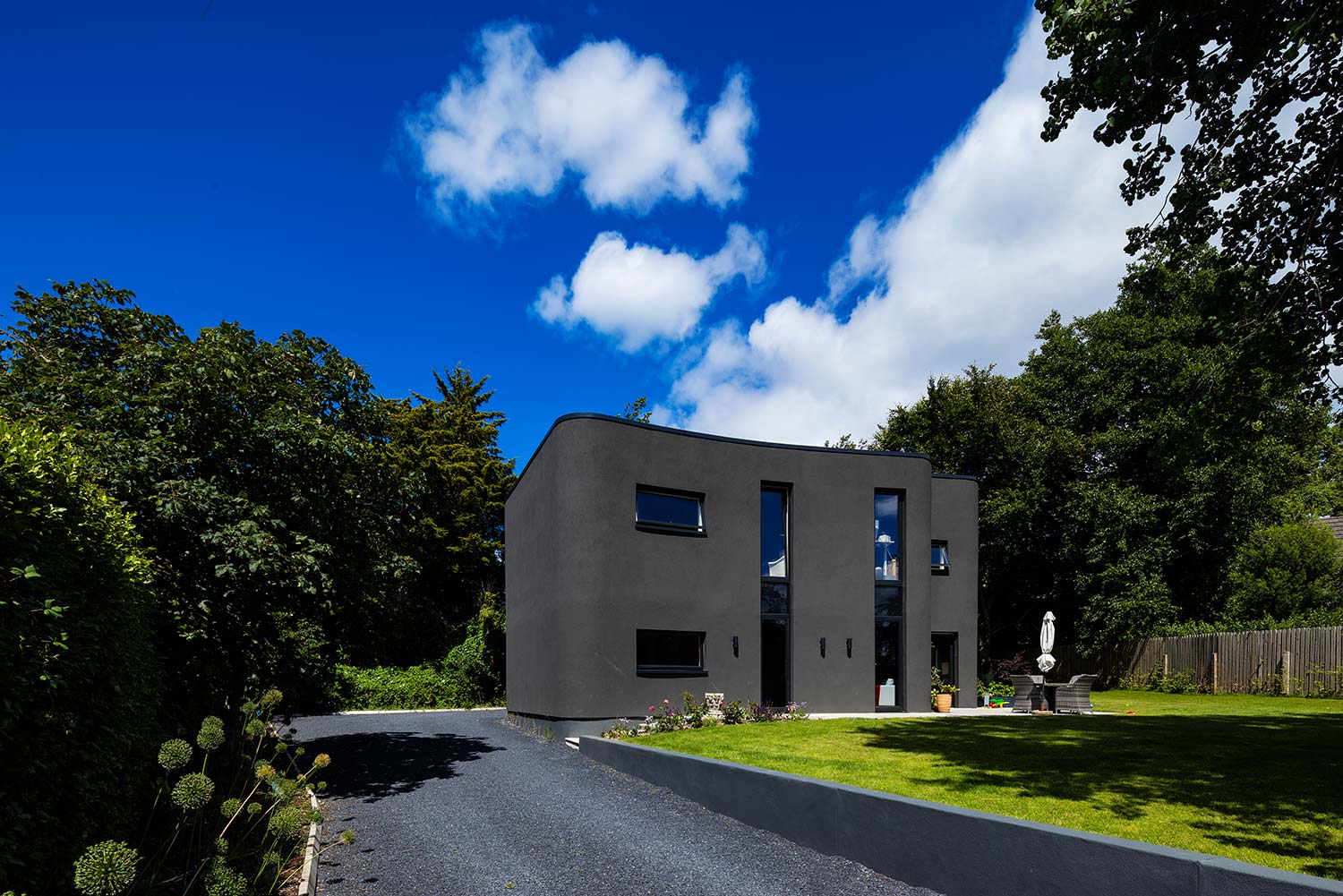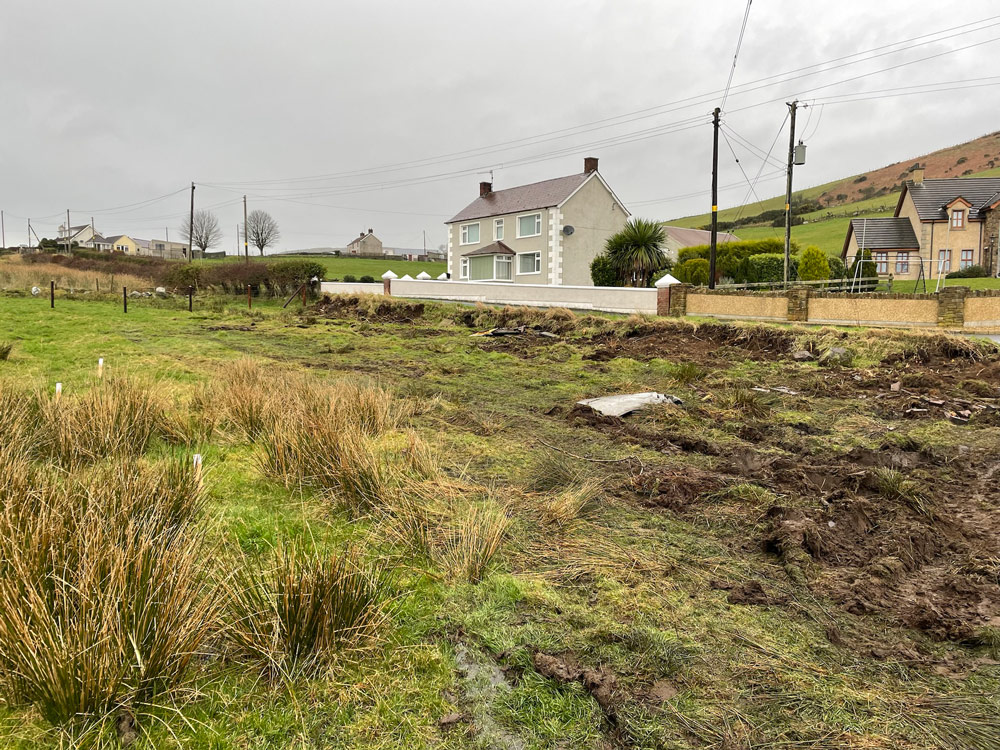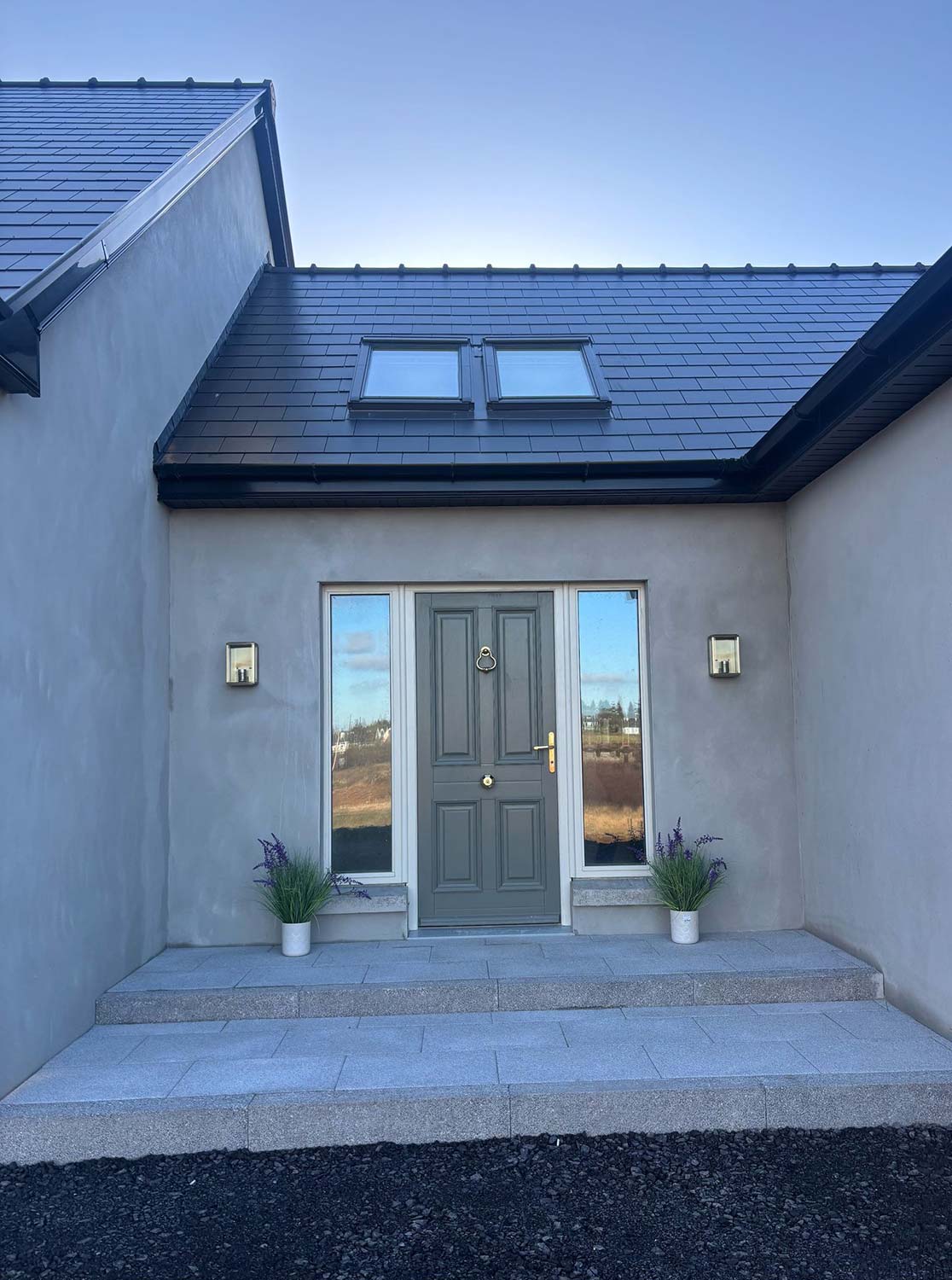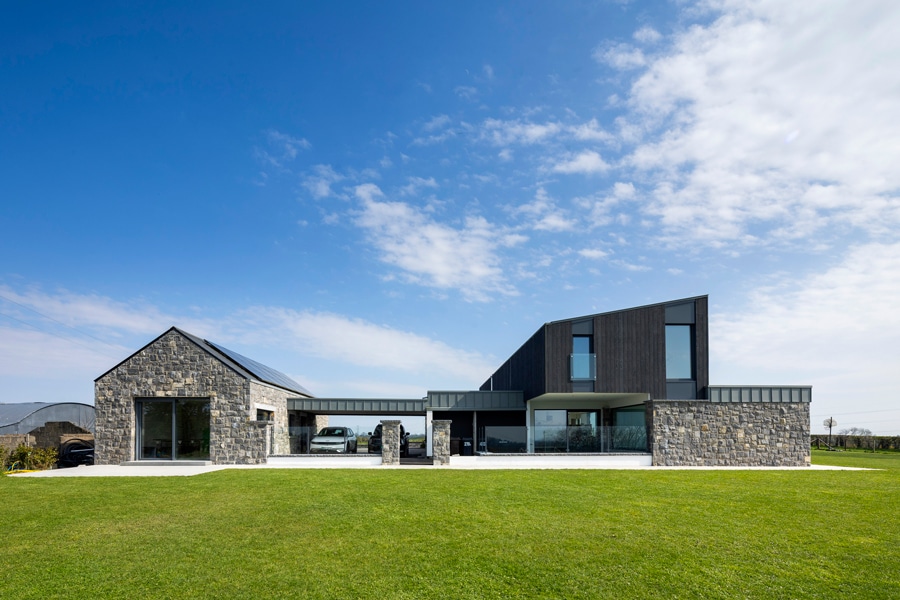In this article we cover:
- Why An Bord Pleanála overturned planning permission even though the design was in accordance with the rural housing guidelines
- The significance of site selection and visual impact
- Details of the applicant’s local ties and planning application
- Objections raised by a neighbouring landowner
A rural self-build home in Co Mayo has been refused planning permission by An Bord Pleanála on the grounds that it would create an “obtrusive feature on the landscape”.
The decision overturns an earlier approval by Mayo County Council and highlights the critical role that site selection and visual impact continue to play in planning outcomes, especially in upland or exposed areas.
The case involved Leah Kelly from Westport who applied to build a single-storey house on family land at Devleash West, Ayle, approximately 1.5km southwest of Killawalla.
In her planning application, Ms Kelly explained that she currently lives and works in Co Clare but hopes to return to Mayo to raise a family. The land in question had belonged to her late grandmother, and her uncle, Padraic Kelly, confirmed that his mother had intended for Ms Kelly to be given a site so she could build a home when ready to settle in the area.
The application also stated that Ms Kelly lived in the family home from 1991 to 1996, and again from 2010 to 2014.
However, this was contested by Martin Costello of Devleash, Killawalla, who claimed Ms Kelly never lived at her grandmother’s address. He objected to the proposed development on multiple grounds.
Mayo County Council planners concluded that Ms Kelly had demonstrated strong family ties to the locality and deemed the construction of a single-storey home acceptable.
Mr Costello appealed the decision to An Bord Pleanála and also claimed that the dwelling height and scale will “interfere with views of the open countryside” and the house design is not appropriate to the rural location.
In his report to the Board of An Bord Pleanála, Stephen Rhys Thomas, a senior planning inspector described the site as “elevated and exposed” and noted that “significant works will be required to construct the proposed dwelling”.
He added that the “visual impact of the dwelling and associated development will be a noticeable feature on a landscape not characterised by one off rural dwellings”.
“The proposed dwelling itself may be in accordance with the design principles of the rural housing guidelines, however its location and position within the wider landscape fails to meet the site selection and house siting advice as set out in the guidelines,” he wrote while adding that permission should be refused on the basis that the landscape character of the area will be adversely impacted upon.
In its ruling, the Board of An Bord Pleanála agreed with the planning inspector’s conclusion and overturned Mayo County Council’s decision to grant planning permission.


